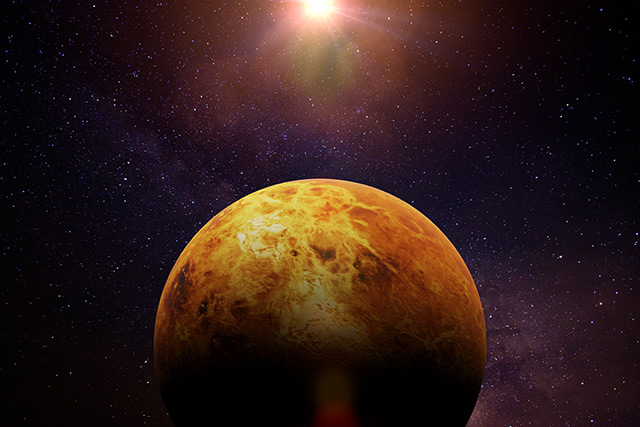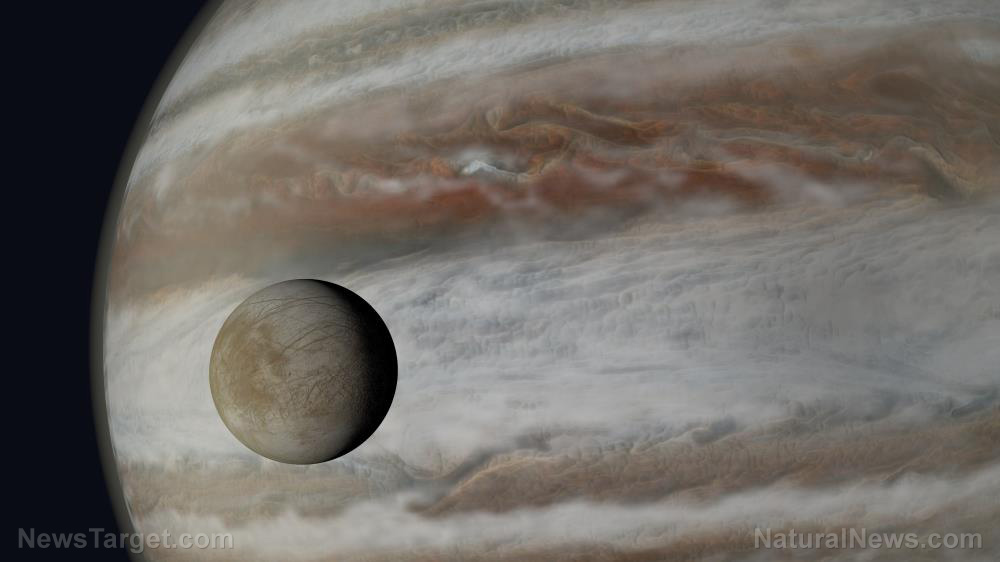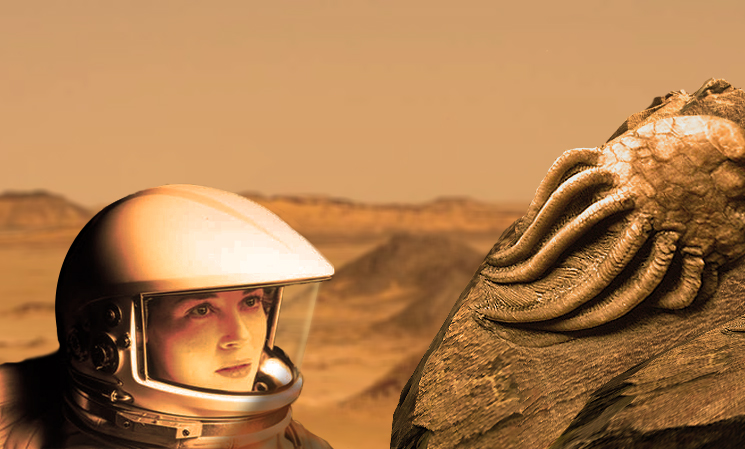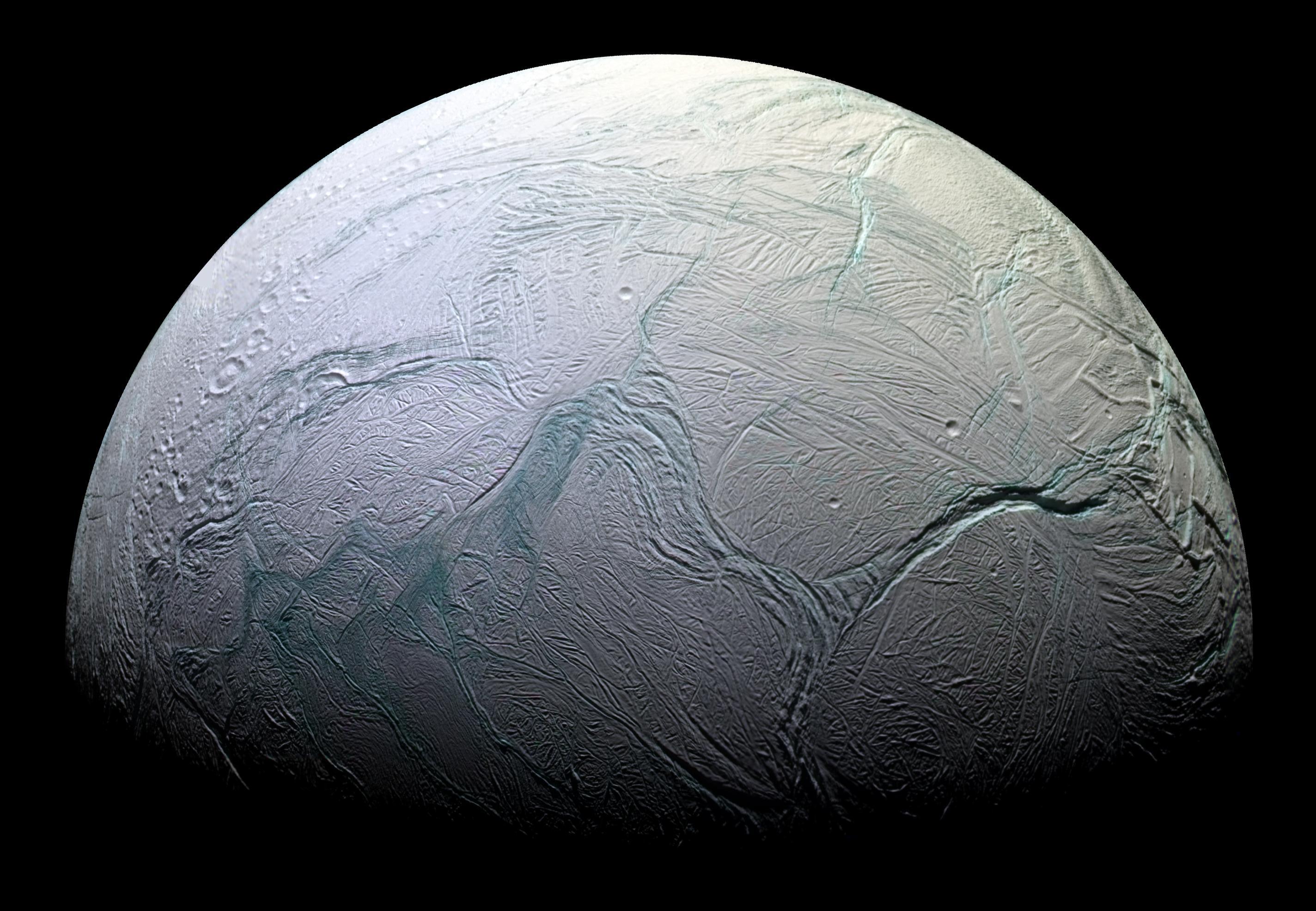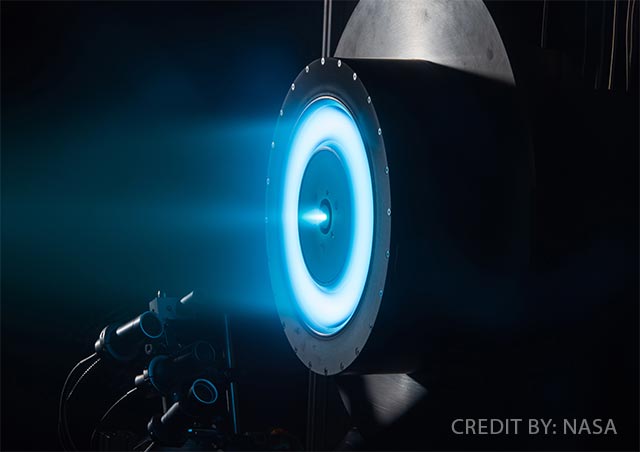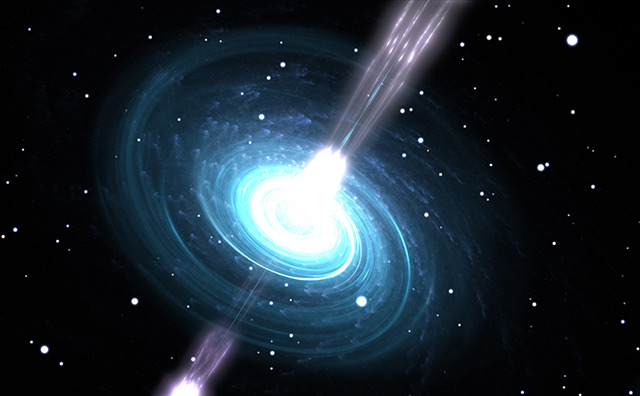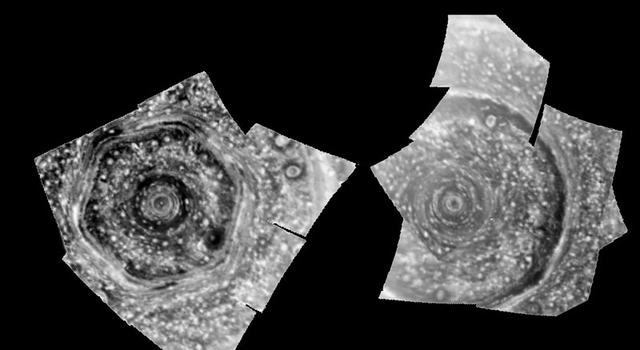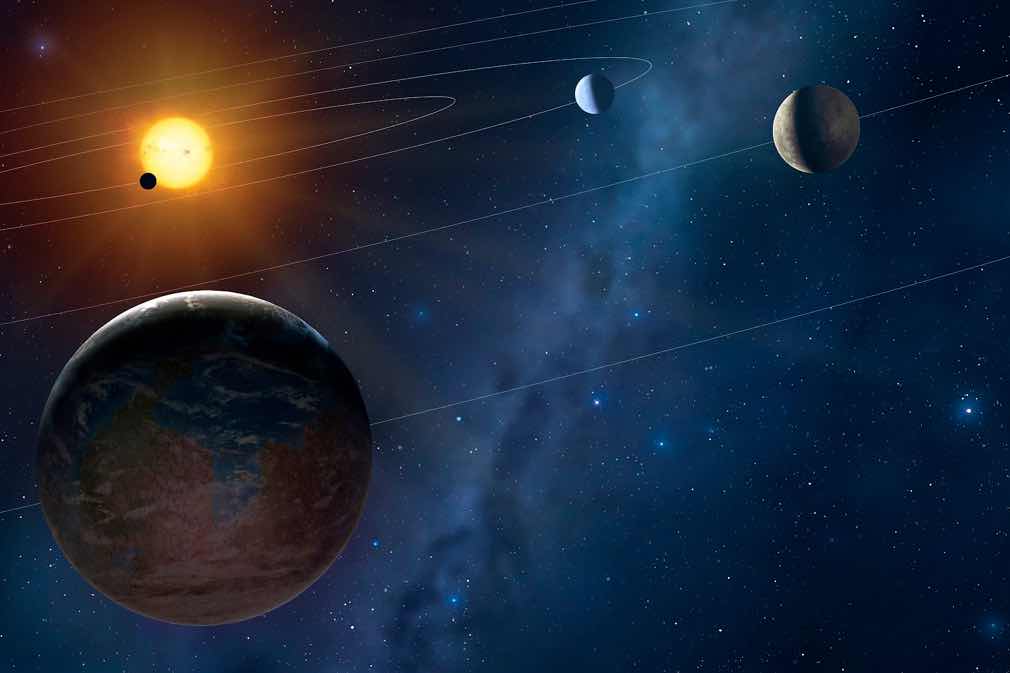Study of microbes from extreme habitats may aid search for life on Mars
06/04/2018 / By Frances Bloomfield

Deserts are among the most inhospitable places on Earth. Yet, nestled under sun-soaked, rocky valleys, life exists. These minute, photosynthetic organisms are known as hypolithic cyanobacteria or simply hypoliths, and they’ve managed to survive in the most unwelcoming of places. This uncanny ability to shrug off conditions that would doom most animals and plants isn’t just helping them thrive; it could also give us a glimpse into how microbial Martian life survives.
“The surface of Mars is an extreme, cold desert, and so a first step [sic] in trying to identify traces of past or present life on Mars is to identify what we know lives in similar environments here on Earth,” explained Steve Pointing, a professor of environmental studies at Yale-NUS College.
Lead study author and Auckland University of Technology microbiologist, Donnabella Lacap-Bugler, added: “If we can understand how these hypolithic communities survive in these harsh environments, it may provide a view on how likely we can detect life on other planets.” (Related: Not just little green men: Alien life may also come in the form of viruses – will our astronauts be prepared?)
To that end, Lacap-Bulger, Pointing, and their colleagues sampled 64 hypolithic communities from major deserts on all continents. They then subjected these bacteria to various tests to assess the differences in their composition, if any.
They discovered 21 cyanobacteria taxa that were common to almost all the deserts. Others were found in nearly every desert, save for those with the most extreme climates. “Although cyanobacteria are ubiquitous in the hypolithic communities in different deserts, there are genera that are more dominant than others. Cold deserts like the Antarctic and Tibetan deserts will tend to have a higher abundance of filamentous cyanobacteria, called Phormidium,” said Lacap-Bulger. By contrast, Chroococcidiopsis is far more abundant in hot deserts.
According to Space.com, these two types of cyanobacteria have very different survival strategies that allow them to thrive in their respective environments. The spaghetti-like Phormidium can slip into a state of inactivity during periods of scarcity, not unlike animals hibernating in winter. Chroococcidiopsis, on the other hand, retains moisture by producing water-absorbing molecules.
This ability, according to Pointing, may provide insight into how Martian microbes thrive. Apart from giving Chroococcidiopsis a reliable water source, its moisture-absorbing capabilities protect it from radiation as well. The high-heat deserts where these cyanobacteria live are exposed to twice the amount of radiation as humid regions. Mars is similar, in that the absence of a thick atmosphere and magnetic field provides little to no defense from the sun’s rays and makes the surface high in radiation.
Moreover, earlier studies have shown that Chroococcidiopsis responds to light waves that filter through the rocks they call home. In lieu of stagnating, these cyanobacteria can change the kind of light required for photosynthesis according to whatever’s available to them. “Chroococcidiopsis displayed the capability to adapt to the different light availability by changing the spectroscopic features of the photosynthetic pigments,” stated Daniela Billi, a biologist at the University of Rome. Because of this, there’s a high chance that microbes on the Red Planet could work in the same way.
With that, the researchers now plan on sequencing the full genome of the cyanobacteria to gain a better understanding of how they can thrive in harsh environments. In particular, Pointing has expressed a keen interest in uncovering the minimum number of photo-autotrophic cyanobacteria necessary for an independent community in the desert.
Visit Space.news for more news stories and studies revolving around Mars.
Sources include:
Tagged Under: alien life, Chroococcidiopsis, cosmic, cyanobacteria, future science, hypolithic cyanobacteria, hypoliths, Life on Mars, Mars, science, Space, space exploration



